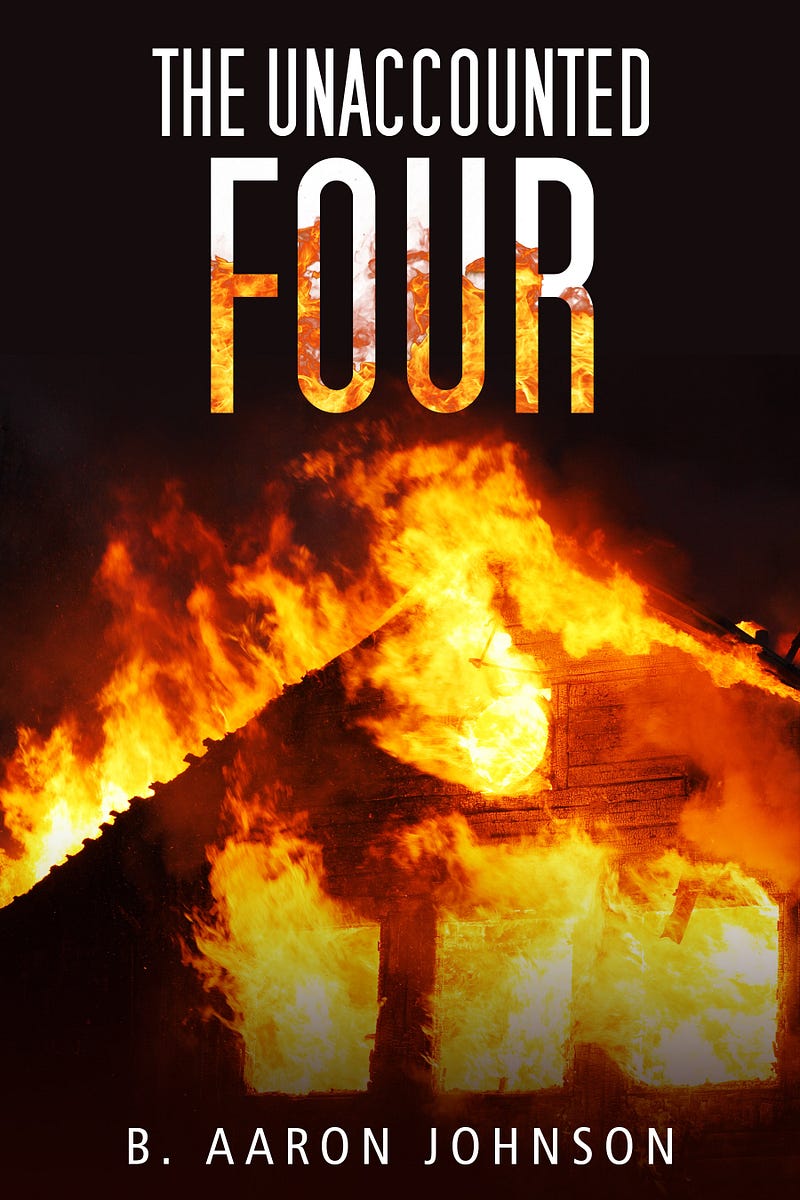In the
early hours of Wednesday, June 14, 2017, forty fire engines and 200
firefighters responded to a fire in Grenfell Tower. The fire started on the fourth floor of the
apartment complex, and within fifteen minutes had scaled the exterior of the
structure burning through the building’s 24 floors. As of this writing, the death toll has
reached seventy-nine with others still unaccounted for.
 The
rapid spread and magnitude of this incident can be attributed to the combustible
cladding used in the exterior construction of the tower. The void space between
the aluminum panels and building fabric can create a “chimney effect”
allowing fire to rapidly move up the side of a structure.
The
rapid spread and magnitude of this incident can be attributed to the combustible
cladding used in the exterior construction of the tower. The void space between
the aluminum panels and building fabric can create a “chimney effect”
allowing fire to rapidly move up the side of a structure.
Within
the last year, UK fire officials and experts, issued a report warning of the dangers of buildings being wrapped with combustible materials.
The report noted an increase in the use of these combustible materials due to
the desire for increased building efficiency, improved thermal effectiveness,
and a more aesthetically pleasing appearance.
Why is
this type and magnitude of fire destruction not happening in the United States?
Many years past, the fire engineering community noticed a trend in the increased
use of combustible components in exterior construction. Predicting the fire and life safety issues
that this use of construction would present, research was conducted and a test
method was developed, NFPA 285, StandardFire Test Method for Evaluation of Fire Propagation Characteristics of ExteriorNon-Load-Bearing Wall Assemblies Containing Combustible Components. This
standard outlines the requirements and test procedures to determine if a given
wall assembly could support a self-accelerating or self-spreading fire up an
exterior wall, or spread fire to interior floors above the fire floor. Through application and enforcement of this
standard, America has been spared the costs and loss of these specific fire
incidents.
The
future prevention of these incidents, however, seems uncertain. “Green building” and energy conservation
interests have been pushing for reductions to, or elimination of, NFPA 285
testing requirements. The goal of these efforts is to allow “unfettered
latitude in the use of plastics in exterior walls”. Attempts to modify these fire safety
requirements in the model codes have been unsuccessful. In Washington, D.C., Massachusetts,
Indiana, and Minnesota NFPA 285 testing requirements have been successfully eliminated
or reduced, however, through the local code adoption process.
By examining exterior wall fires around the world, understanding the history and development of NFPA
285, and reviewing the test method, Building Exterior Wall Assembly Flammability: Have We Forgotten the Past 40 Years?, demonstrates
how the continued use and enforcement of NFPA 285 is essential in preserving a
fire safe America.




